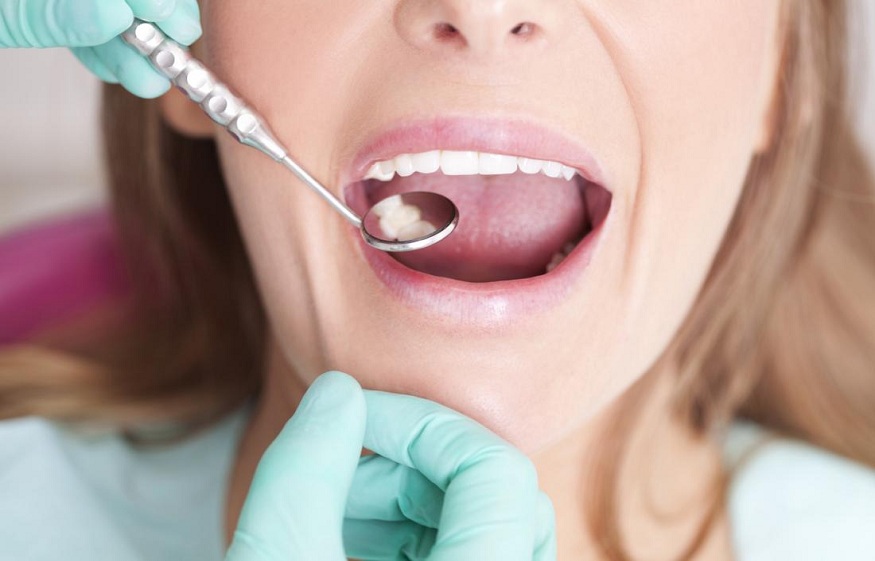Dental hygiene: how to take care of your teeth and gums?
It is essential to maintain and take care of your teeth and gums throughout your life. Health professionals agree that good oral hygiene helps prevent the appearance or aggravation of several pathologies, more or less serious. Brushing teeth should be done regularly, adopting the right gestures. How to have good dental hygiene? And when should you consult your dentist?
The importance of oral hygiene
Poor dental hygiene can be the cause of the appearance of several pathologies in the teeth and gums. More or less painful, they are also more or less serious. Not taking care of your teeth promotes the formation of dental plaque, which is then responsible for the appearance of tartar, cavities, gingivitis (inflammation of the gums) or periodontitis
But poor oral hygiene can also have an impact on overall health . If they are not treated, certain dental pathologies can indeed lead to general health problems: an untreated cavity or chronic gum disease can, for example, represent an ideal gateway for certain pathogenic bacteria . They can migrate to the heart, kidneys or lungs, and cause serious cardiovascular or bronchopulmonary complications.
Taking care of your teeth and gums helps fight bad breath and keep your teeth clean and as white as possible .
From birth, it is advisable to clean the infant’s mouth in the evening , gently wiping the gums with a damp compress. To eliminate bacteria and milk residues, oral hygiene is part of the baby’s daily hygiene.
When the first baby teeth appear (in babies aged 6 or 8 months), it is recommended to brush them gently with a suitable brush and a little water, morning and evening. Equipped with extra soft bristles, special “first age” brushes are now available. They gently brush baby’s gums and teeth.
In the child
At 2 or 3 years old , young children are not yet able to brush their teeth properly on their own. It is nevertheless possible to begin to teach him this elementary gesture of dental hygiene. After having shown him how to proceed several times (with a brush with a small rounded head, and a little toothpaste), all you have to do is let him do it from time to time, while continuing to assist him.
From the age of 6 or 7 , children must know how to brush their teeth on their own . Just watch the brushing time and check that it rinses your mouth well. Indispensable, rinsing eliminates bacteria, food residues and toothpaste remains. The brushing of the child’s teeth must be regularly checked (especially during adolescence, a period during which “forgetfulness” is frequent).
What kind of toothpaste do you prefer? Fluoride is a very effective trace element for strengthening tooth enamel and protecting against cavities. But consumed in too large quantities, it can weaken the enamel and make the teeth more susceptible to cavities. The fluoride dosage of toothpaste must therefore be perfectly adapted to age (different dosages at 2 years, 3 years and after 6 years). Toothpastes intended to treat certain gum diseases should, on the other hand, be recommended to you by your dentist or pharmacist.
In adults
In adulthood, the good habits acquired during childhood should obviously not be lost. As explained above, good dental hygiene helps maintain a healthy mouth and teeth throughout life.
Every day, brush your teeth at least twice a day (morning and evening), for two minutes. Dental surgeons recommend using a soft or medium toothbrush (so as not to damage the teeth and gums), equipped with a small head (for easier access to the back teeth). It is also possible to opt for an electric toothbrush, especially in the event of difficulty using a manual toothbrush (elderly people, disabled people). Choosing a fluoride toothpaste helps strengthen tooth enamel.
An essential gesture for perfect dental hygiene, brushing eliminates dental plaque accumulated on the surface of the teeth, and the remains of food stuck between the teeth. To be effective, it must be performed from the gum to the tooth (from bottom to top), on all sides of each tooth . In adults, circular brushing is preferred. It is to be completed by brushing the tongue (carrier of many bacteria).
In the evening, it is also possible to pass dental floss or interdental brushes between the teeth. Carried out with precaution (so as not to injure the gums), this gesture makes it possible to eliminate the dental plaque which develops there.
In the elderly
It is recommended to maintain good oral hygiene as you get older. Indeed, seniors can suffer from specific oral pathologies (gum diseases in particular). Most often beginning with gingivitis , the infection then causes chronic inflammation of the gums with redness and bleeding . If nothing is done at this stage, the bacteria in dental plaque attack the supporting tissues of the teeth. Over time, these become more and more mobile, until they take off their shoes. This is called periodontitis.
However, more and more studies highlight the link between periodontitis and the risk of cardiovascular disease . The hypothesis is based on the passage in the bloodstream of bacteria and molecules of inflammation, capable of maintaining or generating an inflammatory process. Furthermore, uncontrolled diabetes can also weaken the supporting tissues of the tooth and, conversely, untreated periodontal disease can increase insulin resistance.


Leave a Reply